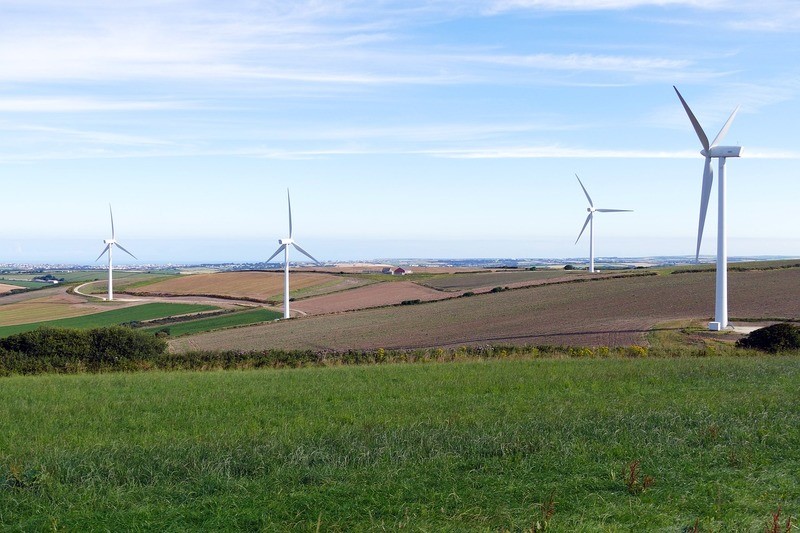There is no denying that transitioning to a greener, cleaner, carbon-free economy is a matter of urgent importance. Fortunately, policymakers across t
There is no denying that transitioning to a greener, cleaner, carbon-free economy is a matter of urgent importance. Fortunately, policymakers across the political spectrum tend to agree with this, which is why the UK Treasury recently unveiled a £3 billion plan to stimulate green economic growth.
The reasons for the UK’s recent pivot towards green energy and industry are several. For one, the accelerating pace of global heating requires dramatic and far-reaching solutions if we wish to avert environmental breakdown.
Second, countless studies have highlighted how a green industrial plan could stimulate the economy and encourage long-term job growth. Third, traditional carbon-producing sources of energy such as coal and oil are becoming increasingly unviable in the UK for a number of reasons, which is partly why the UK has recently been going entire months without burning any coal at all.
While recent developments are promising, there is still a lot more that needs to be done. For a ‘Green New Deal’ that would transition the UK into a completely carbon-neutral country, an estimated £50 billion a year in investment would be required. To better understand how the UK’s green recovery is being funded, read on to find out some of the ways that the costs are being covered.

Grants for Businesses
One cost-effective way that the UK is attempting to transition to a greener economy is through the use of grants and interest-free loans for eco-friendly businesses. Around £2 billion has been set aside by the Treasury to award to businesses that are creating carbon-free solutions to our problems and creating jobs in the process. It has been estimated that the tax receipts and jobs created as a result of the grants could far outweigh the initial cost of giving them out. For information about obtaining small business loans online please read more
The Use of CFDs
One particularly quirky way that the UK government has managed to fund green energy initiatives is through the use of CFDs, or Contracts for Difference. These widely-traded financial products consist of an agreement between a buyer and seller, in which the buyer might agree to pay the seller the difference between the current value of an asset and its price at a fixed time or date.
They are a hugely popular form of trading and investment in the UK, thanks to the proliferation of qualified, certified CFD broker platforms that allow people to trade these assets easily. CFDs were incorporated in the UK’s 2013 Green Energy Act to encourage investors to pour money into green energy initiatives. The reason for this is because CFDs act as a kind of “reverse contract”, assuring investors that they will see a return on their investment. CFDs have thus raised millions for green energy projects in the UK since 2013.

Carbon Taxing
The idea of a carbon tax has been floated around the world as a solution to reign in industrial pollution for a long time. The UK is one of the few countries that currently have such a taxation system in place. In accordance with the Carbon Prices Support (CPS) tax, fossil fuel burning power stations in the UK must pay a fee of £18 per tonne of carbon produced. Similarly, the UK Climate Change Levy charges non-domestic users of non-green energy a levy of 54p per kilowatt of energy consumed. These charges have raised billions for green energy initiatives in the UK.
These are some of the innovative ways that the UK is funding its green energy transformation. Watch this space to see how this journey plays out.



















































































































COMMENTS